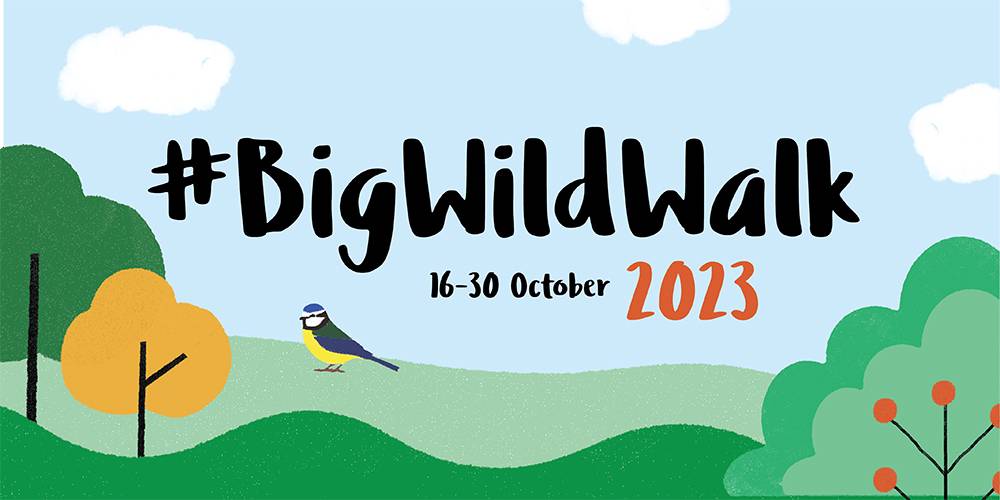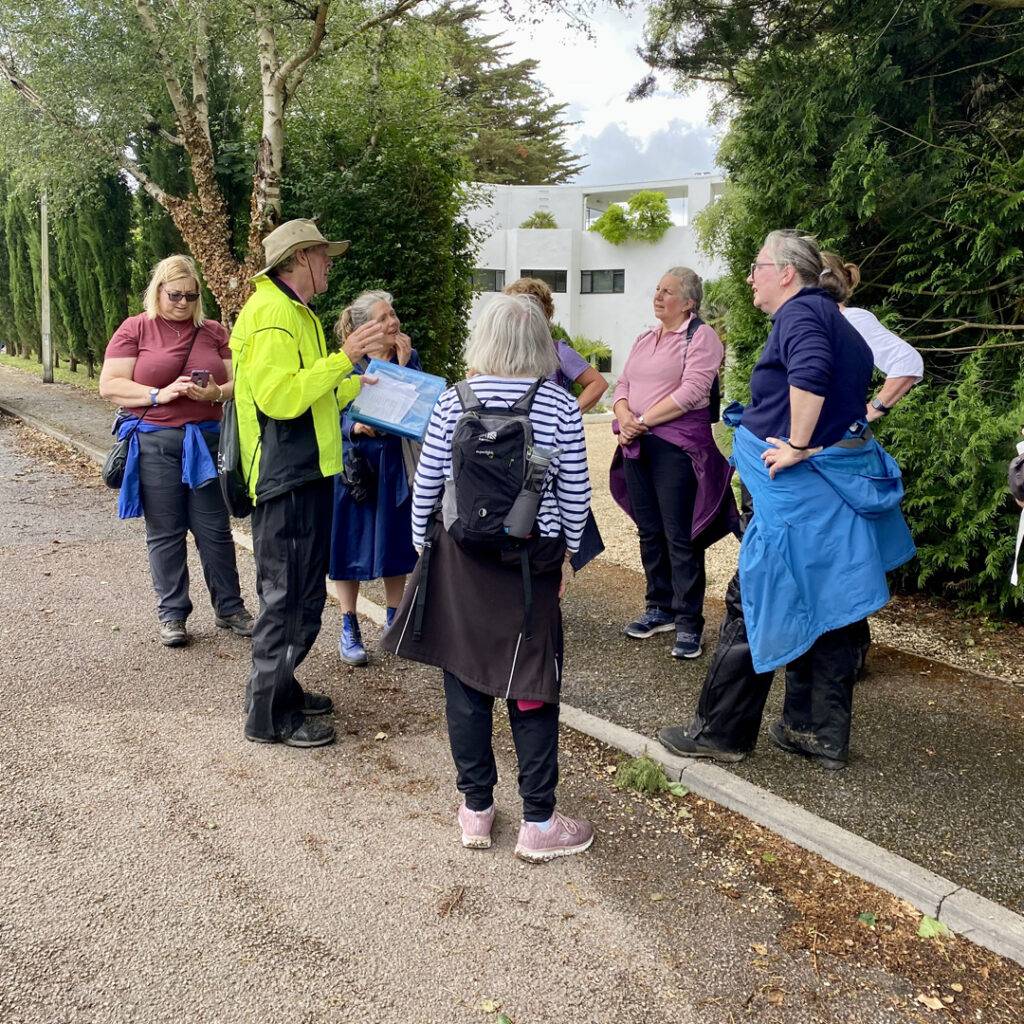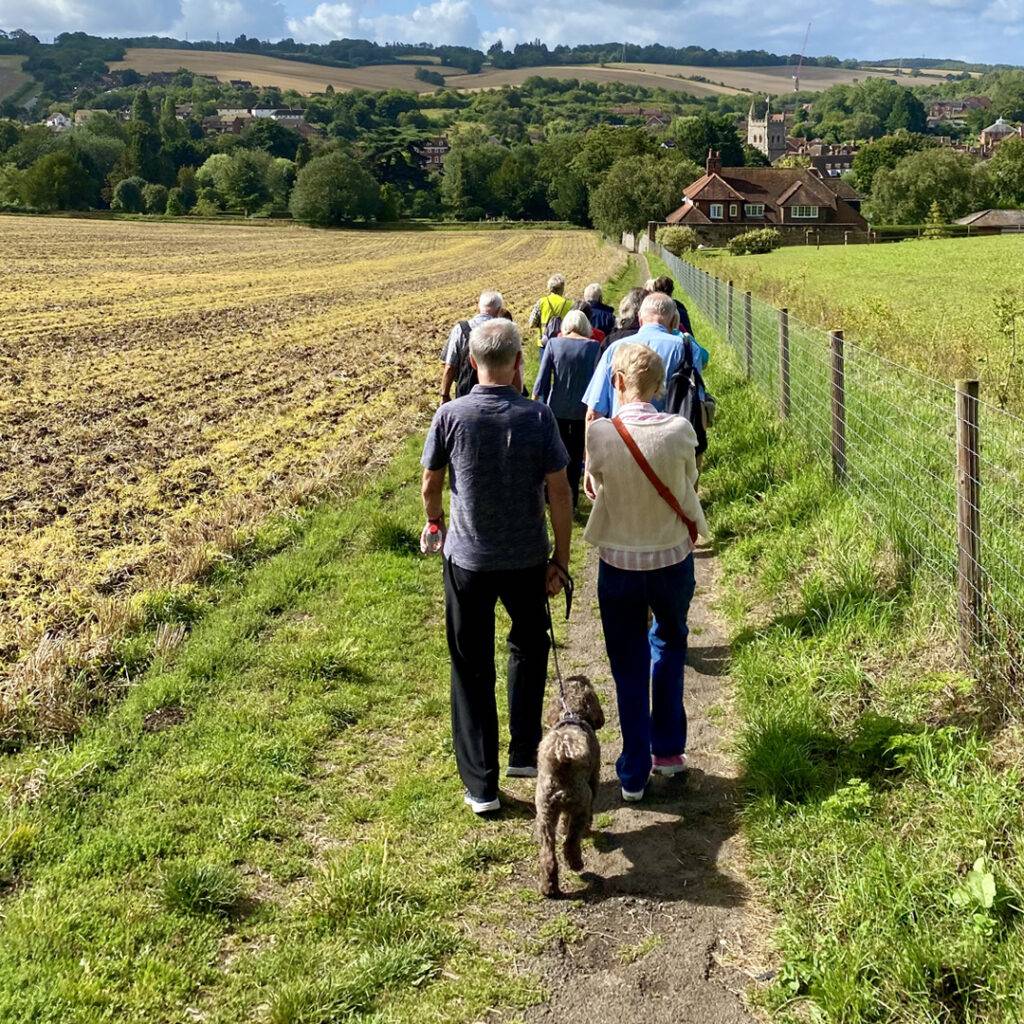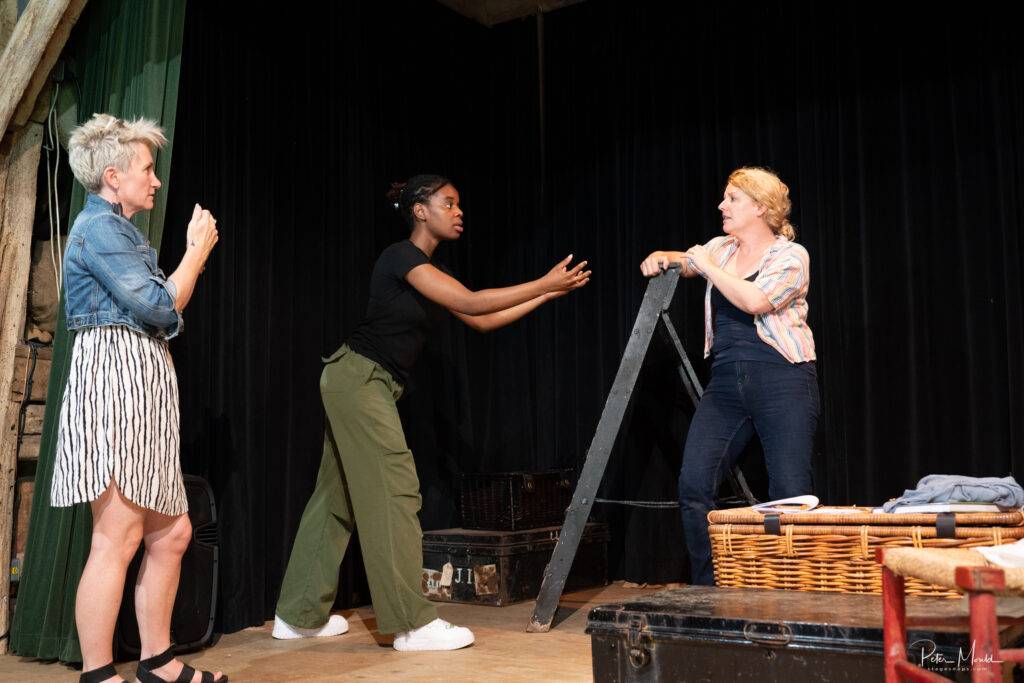Our wine columnist Giles Luckett explores the best Chilean charms worth trying…
Hello! I recently hosted a slightly unusual Chilean wine tasting. It wasn’t, as one of my wag friends suggested, unusual as there were no Chilean wines on show, but because the focus was on fine wines. Chile has a long wine-making history – the first vines were planted by Spanish conquistadors in the 16th century – and since its rise to wine prominence in the 1980s, it’s been focused on the production of great value everyday drinking wines.
In doing so, Chile had an advantage over the other re-emerging wine nations, as its industry wasn’t based on the production of fortified wines as was the case in Australia and South Africa, but on table wines. This, coupled with the influence of French settlers in the early 20th century, meant their wines were often produced from popular, noble varieties such as Cabernet Sauvignon, Merlot, and Chardonnay.
For the longest time, Chile seemed content to produce these great everyday wines and leave the fancily priced “icon” labels to the Californians and the Aussies. Recently, however, there’s been a change in attitude. Winery owners have been looking at the abundant gifts mother nature has bestowed, have invested heavily in wineries and winemakers, and have started producing wines that are as fine as anything old-world regions can produce.
What I wanted to discover at this tasting was a) does Chile still deliver the goods at all price levels (spoiler alert: Oh, yes!) and b) how the Chilean superstars match up to the world’s greatest wines. The results were fascinating, and while some of the wines in this article are far from cheap, they still represent great value when set against their peers.
Top Chilean fine wines
I’ll kick things off with wine that combines classical Chilean value, a touch of South American flair, and fine wine unorthodoxy. It’s the Don Aldo Olivier Pedro Ximenez Chardonnay (Laithwaites 11.99). I’ve never seen a Pedro Ximenez wine outside of Spain, and those were mainly sweet sherries. This is fresh as a spring dawn and just as joyful. The zesty, grapefruit and lime nose is followed by a tangy white berry palate, before the creamy Chardonnay comes in, softening things with peaches and apricots and adding a smoky richness. This would be great with turkey. Sorry, too soon….?
Montes is one of the great names of Chilean wine, with the likes of the Montes Alpha and Montes M amongst Chile’s first super-premium wines. We tasted another of their fine wines, the Montes Single Vineyard Chardonnay (£12.99). Hailing from the cool Casablanca Valley, this is a refined incarnation of Chilean Chardonnay with lots of green and red apple fruit, crisp green pear, and melon tones and a twist of lemon on the end. The oak provides a creamy, nutty backdrop but isn’t allowed to dominate. Give this an hour open and try it with roasted poultry, pheasant or partridge.
When you see the name “Rothschild” on a label, you know that quality awaits. The (Lafite) Rothchild side of the family has been involved in Chile for many years and the Los Vascos Sauvignon Blanc (Ocado £15) remains an affordable fine wine classic. The crisp, refreshing nose has plenty of citrus and green pepper tones, but also has hints of flint and cut grass. In the mouth, it’s intense, concentrated and precise, with a lean, fresh profile that reveals grapefruit, lemons, gooseberries and savoury green peppers. This is Chilean Sauvignon in the fine Bordeaux style without the fine Bordeaux price tag.
Chile’s abundance of microclimates means it can give a good home to almost any grape variety and produce something special. Time and again it’s impressed me with its dry Rieslings and the Matetic Corralillo Riesling 2021 (Hic! £14.50) is another gem. Gloriously fragrant with aromas of apple blossom, peach, honey, and Granny Smith apples, the palate was multi-layered, combining white berry and orchard fruits with minerals, apricots and a zesty finish. Dry, with just a hint of richness, this would be sublime with smoked fish or strong cheeses such as gruyere or stilton. Oh, did I mention it’s dry?
I’ll leave the whites on a high. About 700m high, to be exact, with a Chardonnay from the Aconcagua Coast region in central Chile. The Las Pizarras Chardonnay (Berry Bros & Rudd £52.50)is the greatest Chilean Chardonnay I’ve ever tasted and has achieved scores of 97+ from the world’s leading critics. Oh, and from me. Poised and refined, this beautiful wine offers apple and Comice pear fruit in a firm, precise fashion. The oak adds weight and spice to the mix and even more complexity. At £52 it’s not cheap, but if you compare it to its Burgundian peers, it’s an absolute steal. If you’re thinking of trying this, look for the 2019 or older. It takes a couple of years to show its best and so older vintages are well worth seeking out.
And so the reds. Carmenere is Chile’s signature red grape. Shunned in Bordeaux, it’s found an ideal home in Chile and even fine examples remain affordable. Take the Adnams Carmenere (Adnams £8.49). This super-fruity, easy-drinking, plump red is bursting with blueberry and mulberry fruit with an undertow of leaf tea, mint, and prunes. Carmenere remains slightly misunderstood/unfashionable, which means it gives even greater value for money. Try this red meats or tomato-based dishes.
Next up is a “field blend”. No, until a couple of years ago I’d never heard this either. A field blend is a wine that’s been created from two or more varieties that have been planted in the same vineyard. Many of these vineyards, such as those in northern California, are very old and were the product of people planting whatever they could get without paying too much heed to varieties. They can make for really interesting combinations as the La Despensa Field Blend (Corkage £25) shows. This Rhône-style wine is made up of Grenache, Mourvèdre and a splash of Roussanne (a white vine). Mid-red and dominated by red cherries and plums, there’s a lovely lift of alpine strawberry on the mid-palate while the Roussanne adds a curious herby tang to the finish. Try this will slow-cooked lamb.
Cabernet Sauvignon is often referred to as the King of Grapes and with good reason. The most important grape in Bordeaux, it produces noble wines across the globe including eye-wateringly expensive examples such as California’s Screaming Eagle – a snip at £3,000+ a bottle. Affordable fine wines can be found, however, such as the Ventisquero Grey Cabernet Sauvignon (Adams £17.99). Varietal Cabernet can be green and aggressive, but the Grey is plump and gentle. The nose mixes blackcurrants, mint and fresh tobacco, while the silky palate is packed with black and red berries with peripheral flavours of chocolate, cream and sweet spices.
My next choice is a wine that’s helped cement Chile’s reputation as a fine wine nation, Sena (£115 MWH Wine). Sena was created in 1995 by Robert Mondavi (the godfather of Californian wine) and Eduardo Chadwick (Chilean wine legend) with a view to creating a world-beating wine. Since then, Sena has scooped many accolades and ranks amongst the world’s finest wines. Crafted from a blend of Cabernet, Carmenere, Petit Verdot, and Cabernet Franc, it’s a wine that delivers complexity, sumptuous quantities of red and black fruits overlain with smoke, minerals, and a fleshy, meaty tone to the finish. This is a wine I would urge every serious wine lover to try at least once, as it’s an unforgettable experience.
And finally, we have the Vinedo Chadwick (£225 Cru Wine). This is a seriously fine wine and while it has a serious price tag, to my mind it is worth the money. The Vinedo Chadwick is a wine that sets out to be the best of the best, and it’s hard to argue that the wine-making team haven’t achieved this. The 2021 has been given perfect 100-point scores by some of the world’s greatest critics and even at this tender age, it’s hugely impressive. Inky in colour, much swirling and breathing coaxed red berries, earth, smoke and eucalyptus from it. The mouthfeel is glorious. It’s rich, yet poised, the tension between super-ripe blackcurrants, mulberries, blueberries and plums and tangy raspberry acidity is awesome. Impeccably well-structured, the tannins are firm but round and support the impressive length that suggests a very long life ahead.
I hope you’ll try some of these extraordinary Chilean wines – if you’re opening any Sena I’m free to help pour!
Next time out I’ll look at some of the best wines from Spain.
Cheers!















